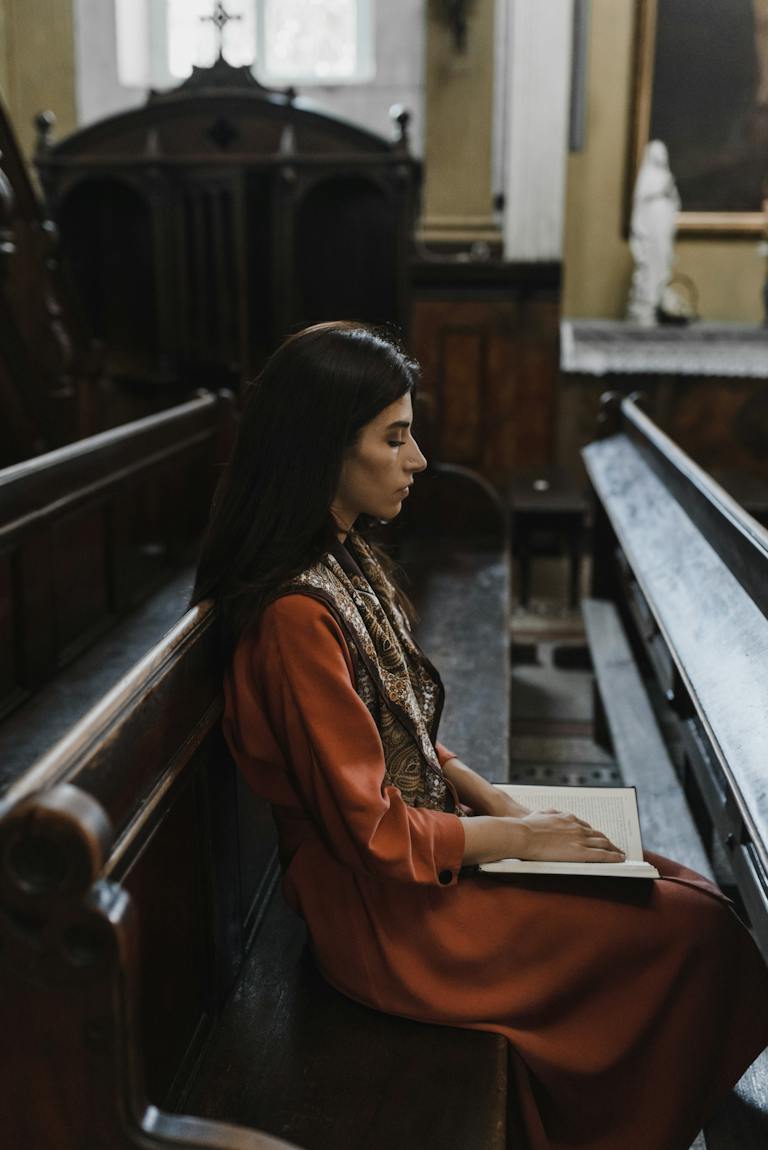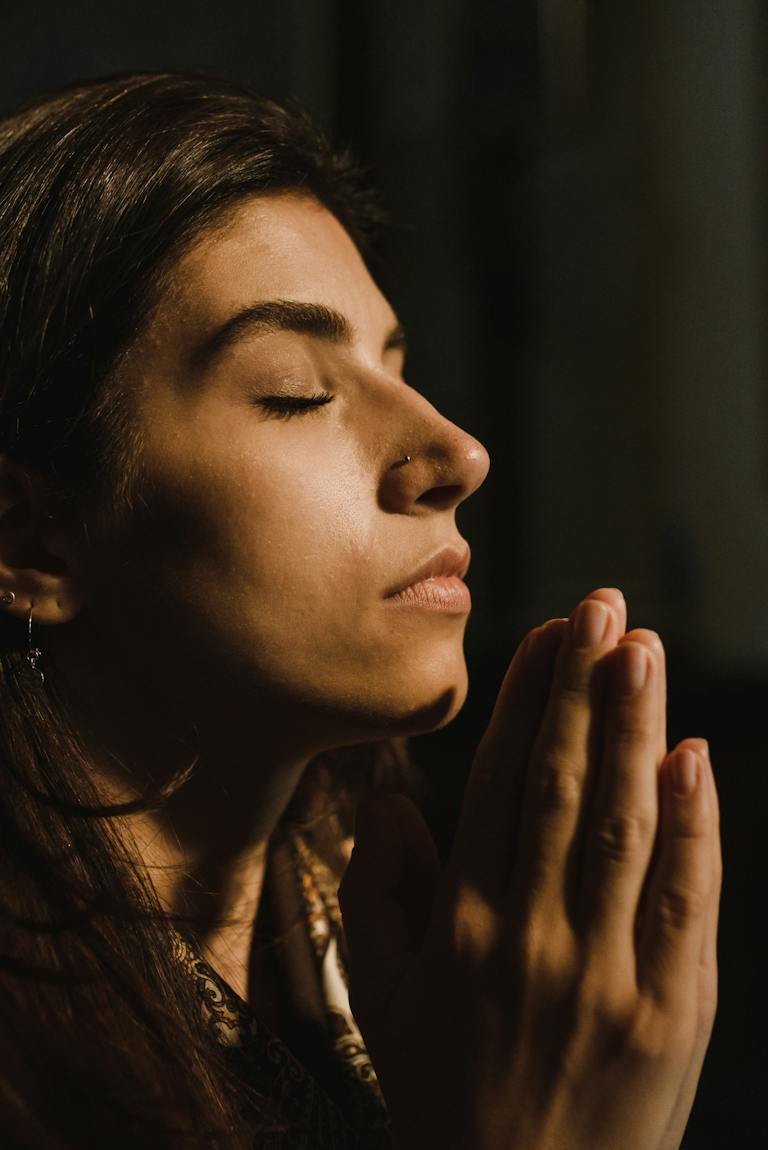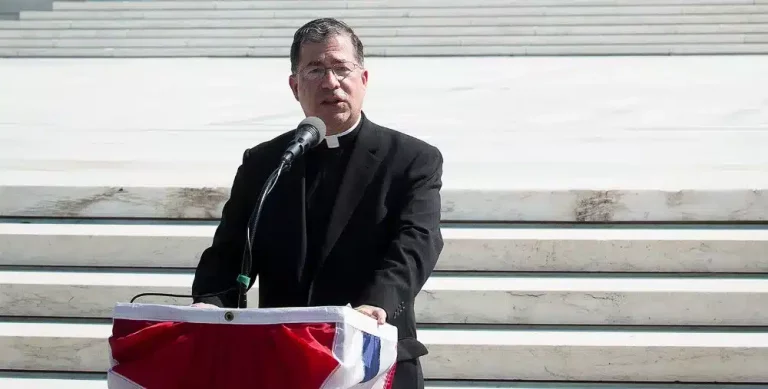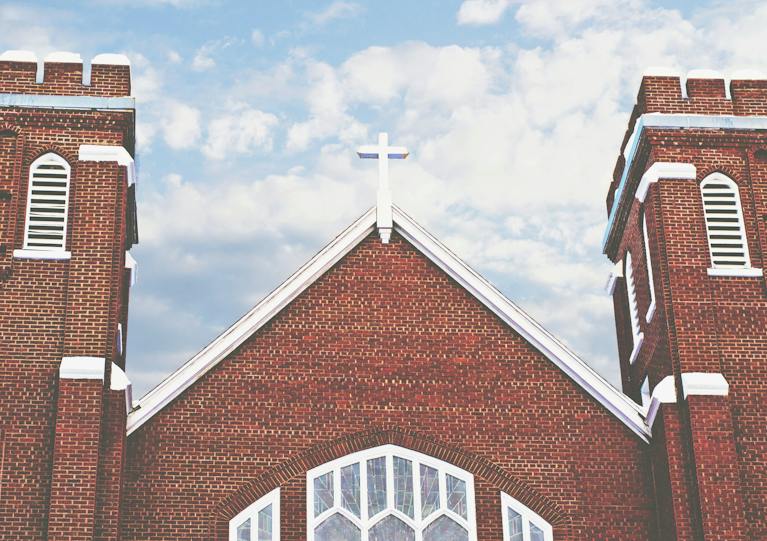What is ordinary time in the Catholic Church?
Ordinary Time is a season in the Catholic Church’s liturgical calendar that makes up a large portion of the year. Spanning nearly six months altogether, ordinary time refers to the parts of the year that fall outside of the major seasons like Advent, Christmas, Lent, and Easter.
The Purpose of Ordinary Time
The purpose of ordinary time is to focus on the life and teachings of Jesus Christ. Unlike seasons like Advent and Lent, which prepare for the major events of Jesus’s birth and death/resurrection, Ordinary Time allows the Church to reflect deeply on Jesus’s ministry and message.
Some key aspects of ordinary time include:
Time to Reflect on Jesus’s Life and Mission
The weeks of ordinary time allow the church to read and reflect on the gospels and sequentially follow the life of Christ. From Jesus’s early days of teaching and healing to his travels in Galilee and Judea, ordinary time provides space to focus closely on who Jesus was and what he came to do.
Emphasis on Discipleship and Growth
Without the distractions of major seasons, ordinary time also enables the church to focus on spiritual growth and discipleship. The teachings of Jesus and the Acts of the Apostles during these months emphasize what it means to follow Christ in daily life. The green vestments worn by priests also symbolize this growth.
Longest Season of the Liturgical Calendar
Spanning 33–34 weeks altogether, Ordinary Time takes up the largest portion of the Catholic Church’s liturgical year. This demonstrates the importance the church places on dedicating time to focus on the life of Jesus and the mission of the church.
When does ordinary time occur?
There are two main periods when ordinary time occurs:
Between Christmas and Lent
The first period of Ordinary Time begins on the Monday after Epiphany (January 6) and continues until the Tuesday before Ash Wednesday. Ash Wednesday marks the beginning of Lent. Depending on the year, this time spans anywhere from 5-8 weeks.
From Pentecost until Advent
After the Easter season concludes with Pentecost Sunday, ordinary time picks up again. This second span lasts for over half the year, until the Sunday before Advent begins. In total, it lasts around 24-27 weeks, concluding just before the 4 weeks of Advent preparing for Christmas.
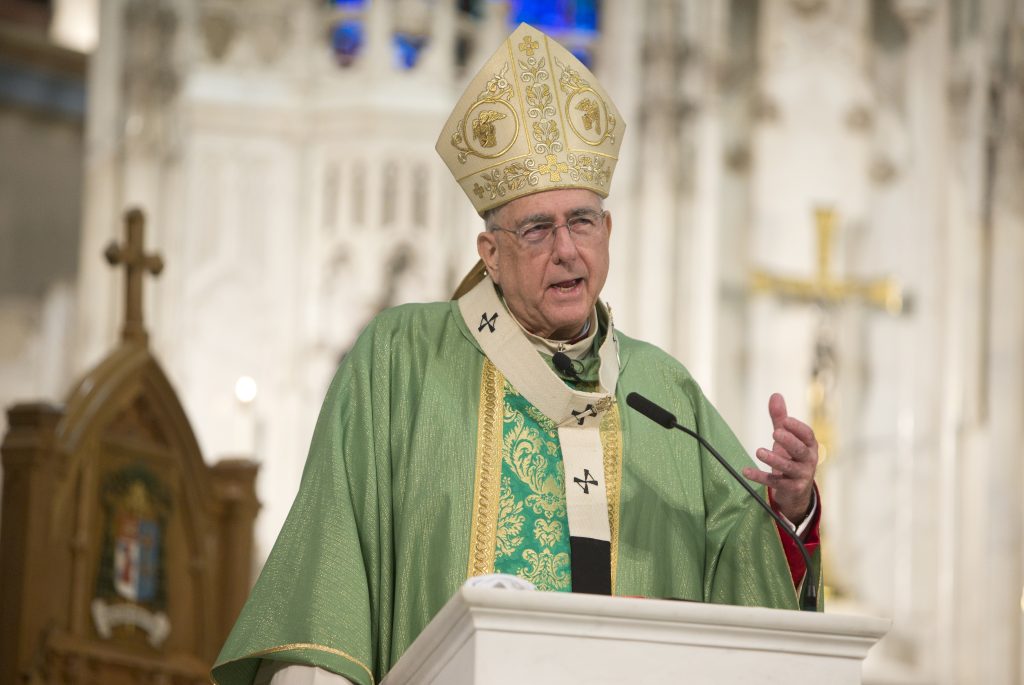
The Colors and Readings of Ordinary Time
Ordinary Time has distinctive colors and Scripture readings that set it apart from other seasons.
Green Vestments
During Ordinary Time, green is the color of the vestments worn by priests and deacons to symbolize new life and growth. The color remains the same throughout the full span, from January to December. Violet is sometimes worn on the last Sunday after Pentecost.
Scripture Readings
The daily Scripture readings during ordinary times come primarily from the gospel accounts of Jesus’s life and teaching. In the first half of the year, these readings are according to Matthew. After Pentecost, readings shift to focus on the Gospel of Mark in year B and the Gospel of Luke in year C of a 3-year cycle. This allows parishioners to reflect deeply on the accounts of Jesus’s ministry through focused, sustained readings.
So in essence, ordinary time is just that—ordinary. But this ordinariness is key to the church embracing Christ fully all year.
How is ordinary time celebrated?
Ordinary Time is celebrated weekly through the ordinary rhythm of Sunday Mass and the regular patterns of church life:
Sunday Scripture Readings and Homilies
The Sunday cycle of readings and the pastor’s homily (sermon) is the primary way Catholics celebrate Ordinary Time. As the readings follow Jesus’s ministry chronologically, Catholics follow along Sunday after Sunday in their church lectionary, and clergy offer applicable teachings.
Colors and Banners
Another visible way Catholics observe Ordinary Time is through green decor around the church with green banners, lectern cloths, and vestments. This vibrant green remains consistent week after week to symbolize the season’s focus on growth.
Special Feast Days
Though ordinary time maintains a steady, typical rhythm, that doesn’t mean nothing is celebrated! Ordinary time occasionally gives way for special holy days and feast days like the Feast of the Transfiguration (August 6) and the Feast of the Exaltation of the Holy Cross (September 14). These reflect important events in the lives of Christ and the Church.
Saints’ Days
As the longest liturgical season, the weeks of Ordinary Time also incorporate numerous feast days of important saints and martyrs that are meaningful to the Catholic faith. Some of the best-known saints, like Patrick (March 17), and days to honor Mary (Mother’s Day), fall during ordinary times.
Why does ordinary time matter?
Although it may sound unexciting compared to Christmas or Easter, ordinary time is profoundly important. Here is why:
Teaches Us to Walk with Christ
By reading and walking through the Gospel accounts of Jesus’s day-to-day ministry, Catholics learn what it looks like in their own ordinary lives to follow Him step-by-step. This shapes every Christian’s journey differently.
Focuses Church on Christ’s Mission
Removing seasonal distractions directs the church toward carrying on Jesus’s mission in the world. The Great Commission charges all followers of Christ to share the gospel, a key focus of ordinary readings and teachings.
Christ’s Life Was Largely Ordinary
Aside from a few pivotal moments, much of Jesus’s 33 years on Earth looked fairly ordinary—working, preaching, and traveling village to village. Ordinary time reminds believers that an extraordinary gospel mission can happen through ordinary, faithful lives.
So ordinary time is far from boring or insignificant. These weeks immerse Catholic believers in the meat of Christ’s ministry and an example that inspires an ordinary life lived extraordinarily for God.
Other Ordinary Time Questions
Here are some other common questions people have about ordinary time:
Does ordinary time have another name?
Yes, before the Second Vatican Council in 1969, ordinary time was referred to as the time after Epiphany and the time after Pentecost. The term ordinary time became widely used after Vatican II.
Are there ordinary times in other Christian churches?
While named something different, many Western liturgical Protestant denominations also observe a season similar to the Catholic Church’s Ordinary Time between major events like Christmas and Easter.
Why is ordinary time longer than other seasons?
The length reflects ordinary time’s importance in focusing on Christ’s life and ministry. As the Catholic Church reads the Gospel accounts together sequentially, additional time enables depth in Scripture study.
So, in summary, ordinary time is far more than meets the eye! This lengthy span directs Catholic lives towards Christ every day, instilling His gospel deep within hearts to be lived out in word and deed. Though ordinary, these weeks are truly extraordinary in forming faithful disciples of Jesus.



